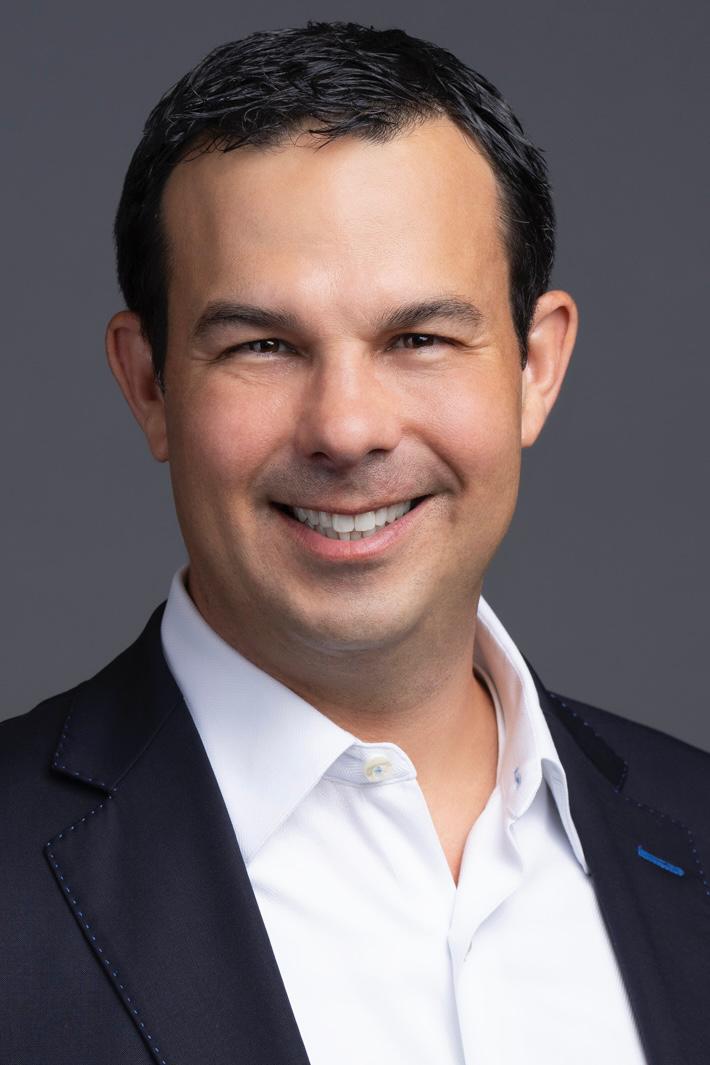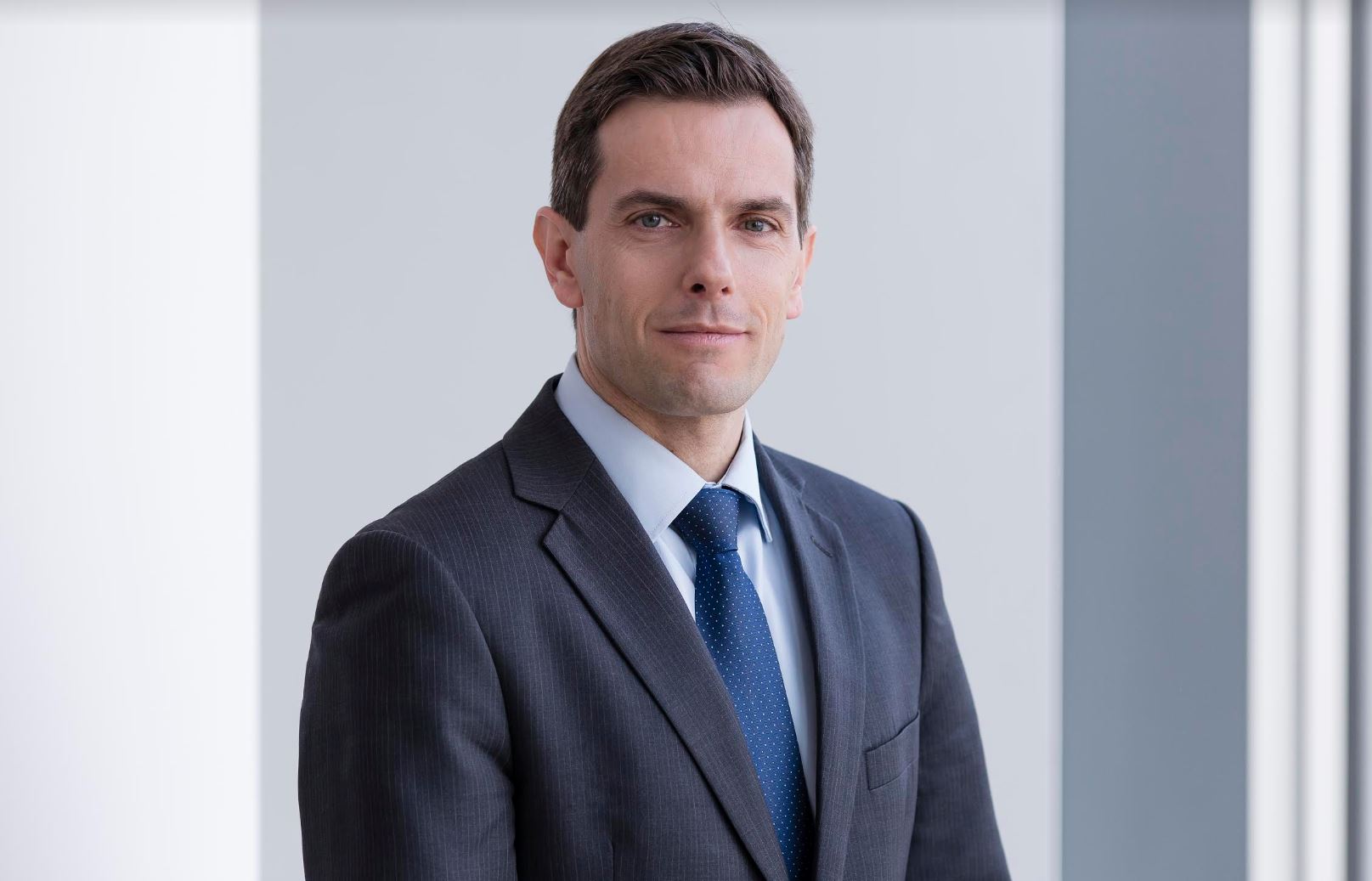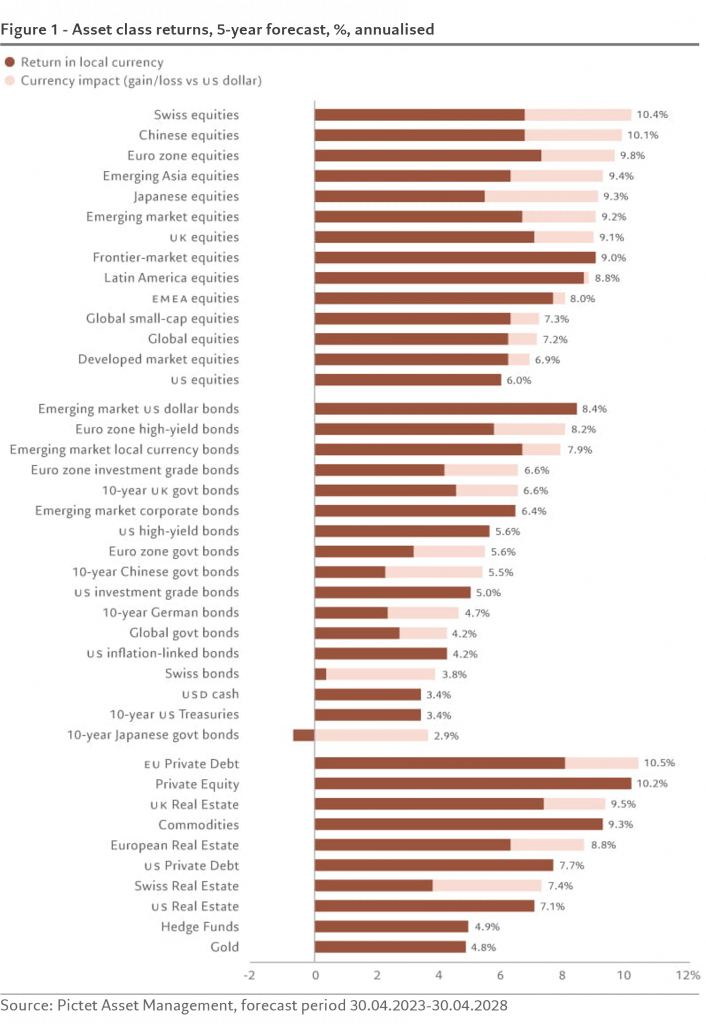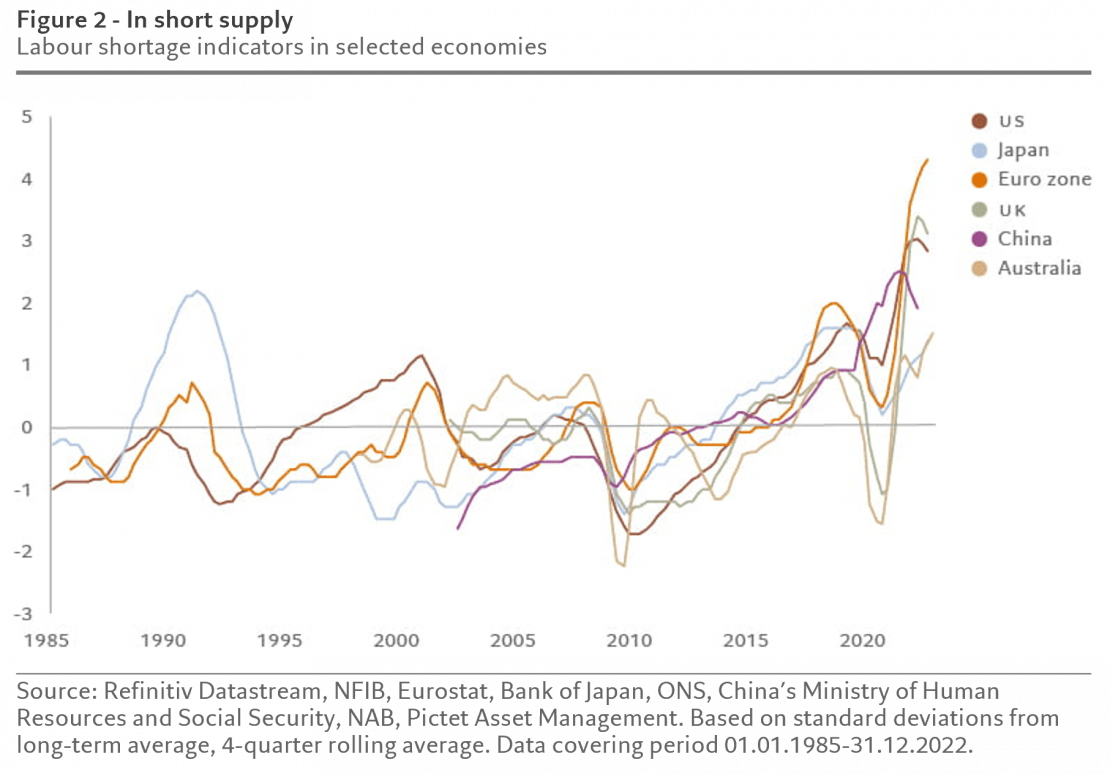The Great Influence of Disinflation and an Optimistic Soft Landing Narratives Over US Assets
| By Cecilia Prieto | 0 Comentarios

Mergers and acquisitions activity was materially stronger in the second quarter, increasing 33% compared to the first quarter of 2023, and it marked the strongest quarter for new deal activity in the last 12 months. Despite this pickup in activity, dealmaking in the first half totaled $1.3 trillion and is still 37% lower than the first half of 2022. The Healthcare sector has been the most fertile ground for dealmaking in 2023, with deals totaling $188 billion, an increase of 43% compared to 2022 levels and the sector accounted for 14% of all M&A. Energy & Power and Technology each accounted for 14% of dealmaking in the first half as well. Private Equity accounted for 21% of total M&A in the first half, down from 26% in 2022, as total volume reached $279 billion, a decline of 49% compared to the first half of 2022.
Strategy performance in June was bolstered by closed deals including Qualtrics (XM-Nasdaq), Prometheus Biosciences (RXDX-Nasdaq), U.S. Express Enterprises (USX-NYSE), and BELLUS Health (BLU-Nasdaq), as well as spreads that generally firmed following a volatile May. The strategy also benefitted from a bidding war that emerged for CIRCOR International (CIR-$56.45-NYSE), a manufacturer of flow control products
U.S. stocks were higher for the month as encouraging indications of disinflation and optimistic soft landing narratives took hold. Recent economic data has revealed a greater prevalence of disinflationary trends, exemplified by May’s Consumer Price Index (CPI) exhibiting a softer-than-anticipated figure. In fact, the headline CPI recorded its lowest annual increase in over two years. Throughout this month, mega-cap tech stocks displayed notable strength, propelled by sustained optimism surrounding artificial intelligence (AI), despite a few sell-side downgrades and apprehensions that the market may have already overbought AI-related tech names.
Earlier in the month, after tense negotiations, Congress approved a deal to raise the government’s borrowing limit that helped prevent a potential economic catastrophe. This deal suspends the U.S.’s debt limit until January 2025, allowing the federal government to keep borrowing money so it can pay its bills on time.
On June 14, the Federal Reserve decided to not raise rates, leaving the targeted federal funds rate at 5.00-5.25%. This pause in June signifies a significant milestone as it represents the first policy meeting in which the Federal Open Market Committee (FOMC) refrained from raising interest rates since it began its monetary policy tightening cycle in March 2022. Fed Chair Jerome Powell lauded the resilience of U.S. growth and the job market, emphasizing their robust performance that surpassed initial expectations amidst the backdrop of an assertive monetary policy tightening over the past year. The next FOMC meeting is July 26-27.
Mega-cap tech stocks continued to be the prime beneficiaries of the recent positive momentum regarding artificial intelligence, helping the S&P 500 (+6.5%) and Nasdaq (+6.6%) extend their streak of monthly gains to four months, while the small-cap Russell 2000 Value (+7.9%) had its best month since January. We see abundant opportunities in small to mid-cap stocks, given the compelling valuation of the Russell 2000 Value, which currently trades at only 10-12x earnings. This stands in stark contrast to the broader market, which hovers closer to 20x earnings, representing one of the biggest deltas we have ever witnessed.
In June the convertible market moved sharply higher as investors were willing to take on risk again. The rally was broad in scope across the market with equity alternative convertibles contributing the most to index performance. We have highlighted the value in total return and fixed income equivalent convertibles over the last few quarters, and these holdings performed well as equities moved higher. We still see opportunity in a balanced convertible portfolio. While the market took a risk-on stance in June there is still a wall of worry it must climb to return to previous highs and beyond. Convertibles offer a risk adjusted way to participate in this market. Investors can own equity sensitive convertibles in companies where they have conviction while benefiting from the asymmetrical profile of total return and fixed income equivalent convertibles. Yields to maturity are no longer as excessive as they once were, but many are still quite attractive in companies that are appropriately managing their balance sheets and cash flows. These are often convertibles within a few years of maturity that we expect to accrete to par over that time. These convertibles should have limited downside from here and we expect them to outperform equities in a flat, down, or volatile market.
New convertible issuance this month came at a reasonable pace. We continue to be on track for a better year of issuance than we saw in 2022, but below the peak years of 2020 and 2021. What we did see this month was a healthy mix of new and returning issuers to our market. New issuance has generally been attractive with higher coupons, lower premiums and more asymmetrical returns than are available in the secondary market. We have continued to see companies buying back convertibles in a transaction that is accretive to earnings and positive for the credit. We expect this bid to continue to benefit some positions in the fund.
Opinion article by Michael Gabelli, Managing Director and President of Gabelli & Partners.











